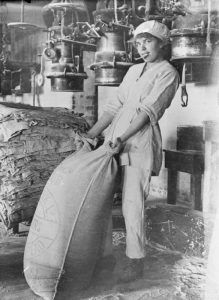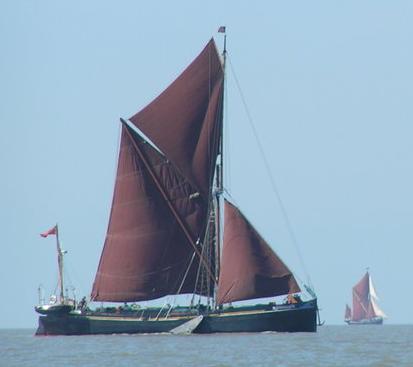
This female factory hand was photographed at work in Birkenhead during September 1918. Photo: Wikimedia Commons.
Logistics contractors refer to it as the final mile, but many of us would settle for “delivering the goods.” It is potentially a complex stage in a product’s journey to meet the end user.
In December 1924, the LinLithgow Committee supplied the Royal Commission with four sets of operational models and an outwardly robust methodology to analyse the cost of bread. It was based on the bakers’ key ingredient, the 20-stone (127 kg) sack of flour at the heart of every batch of bread baked across the land in those days. In its day, this was a Known Value Item, to borrow a modern term. It traded at forty two shillings and a farthing, according to popular belief, not moving from one year to the next. Every baker who ever bought a sack of flour from a miller in those days paid 42s and one farthing, the story goes. Did anyone ever query the extra farthing? Where did it come from? Where did it go?



